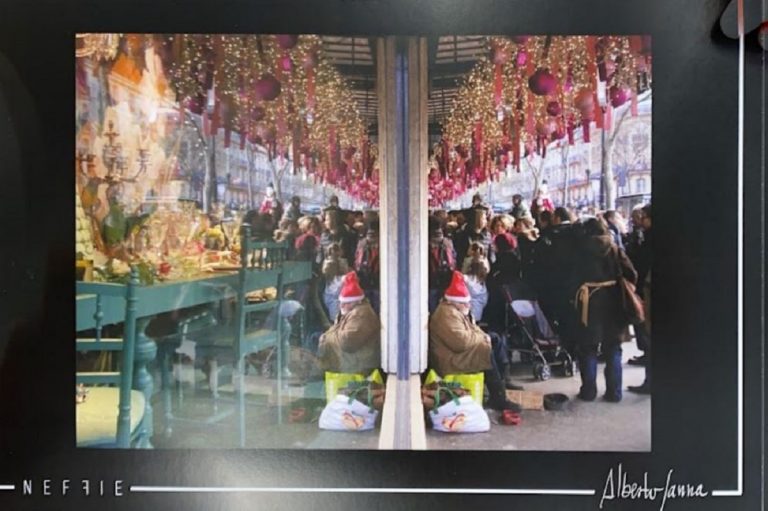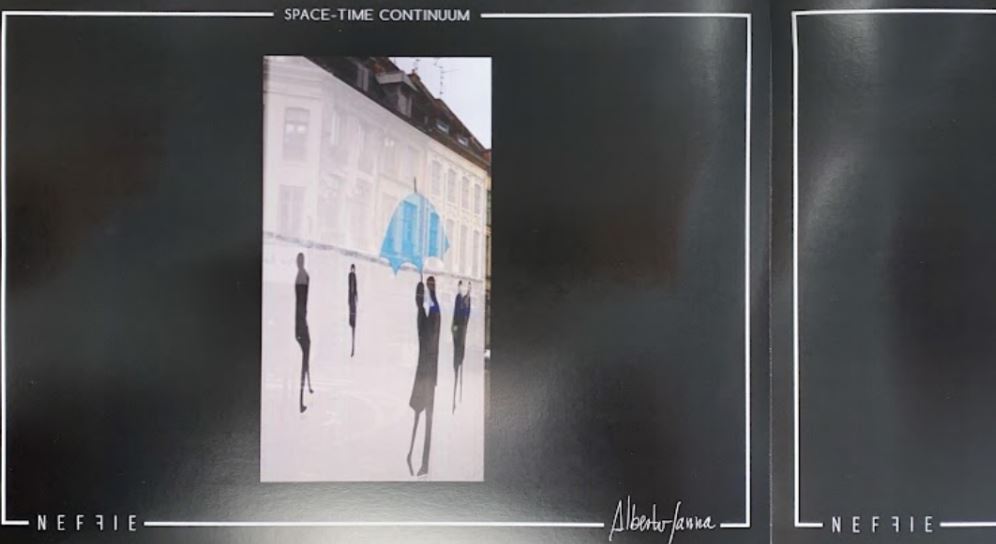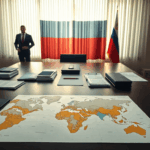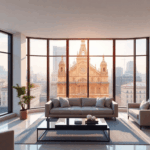Table of Contents
A visual representation of what the observer sees and hears in front of a work is born from the union between art and science.
AI applied to art: the NEFFIE Photographic NeuroEstetica project at MIA Milan Image Art Fair

Art, in all its various facets, can stimulate reactions in the human being, sometimes very contrasting from person to person. Everyone has their own sensitivity and their own history, so that each subject can react differently to an external stimulus.
It is as if from the same source that emits a strong energy everyone gets what they need most at that given moment. The receptors of this process are naturally our senses, from sight to touch, in some cases also through hearing and smell.
The mixture of what we perceive in front of an artistic work allows us to create in the mind of the observer a subjective reinterpretation of the image, which today, thanks to the most modern technologies, it is possible to know.
The NEFFIE Photographic NeuroEstetica project
The NEFFIE Photographic Neuro-Esthetics project, carried out by the Vita-Salute San Raffaele University and the Research Center for Advanced Technologies for Health and Wellness of the San Raffaele Hospital with the support of the DEDEM Group, aims to show the viewer how the subjective process of aesthetic appreciation takes place.
Through the use of neuroscience we come to understand how subjects interpret visual art and this complex subjective mechanism is summarized in an image.

NEFFIE photographic neuroaesthetics: how it works
From a strictly more practical point of view, the NEFFIE Photographic NeuroEesthetic project experience involves a subject entering a booth equipped with numerous sensors and observing a given work of art. It will be precisely the sensors that interact with the observer, studying and quantifying the neurophysiological changes triggered by the visual stimuli.
When you look at a work of art you are subject to strong physiological changes within the body such as, for example, an increase in the heartbeat, a change in the level of sweating and an alteration in the respiratory rate.
In this case we are in the data collection phase, with the information subsequently co-flowing into an artificial intelligence algorithm that provides a tangible and sharable result of the neuro-aesthetic experience.
The end product of this experience is an image, which should be understood as the visual representation of what the observer sees and hears in front of a work.

NEFFIE Photographic NeuroAesthetics at MIA Milan Image Art Fair
The NEFFIE Photographic NeuroEstetica project will participate in the tenth edition of MIA Milan Image Art Fair where visitors will have the opportunity to experience firsthand this strong union between art and science. The various subjective reinterpretations of the works, and therefore the various digital images generated by the NEFFIE project, will then be compiled and published on the Lieu.City platform, where the Vita-Salute San Raffaele University lectures will also be held during the MIA photographic fair exhibition.
NeuroEstetica Photographic NEFFIE, a tribute to Franco Vaccari
The NEFFIE project also wants to be a tribute to what has already been done previously by the master modenes Franco Vaccari. On the occasion of the 36th Venice Art Biennale, the latter installed a photo booth of the DEDEM Group in the exhibition spaces with the aim of capturing the reactions of visitors to one or more author’s photographs in four shots. “Leave a photographic trace of your passage”, is with this phrase that people were invited to participate in the experience that gave them the possibility of having a photographic reworking of the cognitive processes activated in the observation phase.
A study of the emotions and the dynamics of thought activated in people in front of art, this is the ambitious objective of the NEFFIE project.
Collaboration between UniSR and Contenidos
From the collaboration between Vita-Salute San Raffaele University and Contenidos, a project was born that aims to use the machine learning models GPT-3 and GPT-J to experiment the enormous creative potential offered by the artificial generation of a written text. The project will have a strong authorial imprint, as well as representing an important example of synthetic media and exploring the new forms of writing that computational creativity allows through interaction, concretion and mixing between the figure of the viewer and the artist.
For GTP (Generative Pre-Training Transformer) we understand a neural network model capable of generating a natural language text thanks to a special training based on large amounts of available online text.
The result will be a content of variable quality: it could be indistinguishable from human handwriting or, on the contrary, very meaningless.





